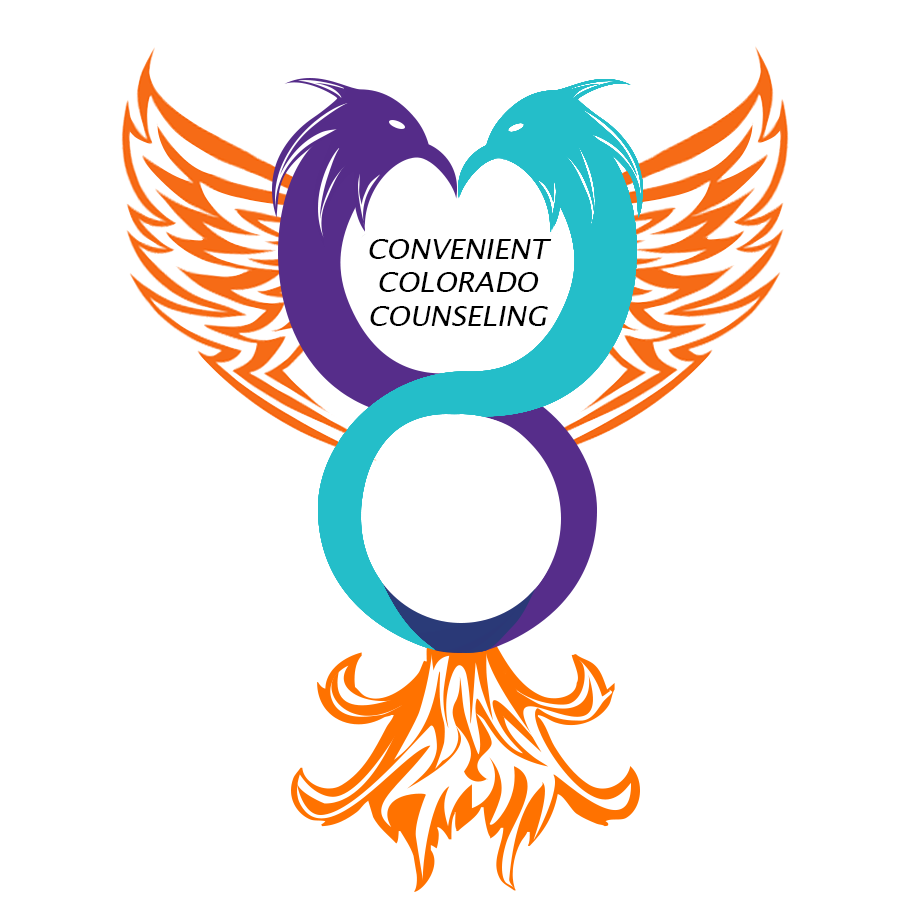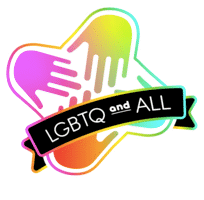Self-harm counseling
Self-harm is when you injure or cause yourself harm on purpose. There are many ways self-harming behaviors can present themselves, including cutting, burning, and hair-pulling. Although there’s both inpatient and outpatient treatment for those who self-harm, my goal at Convenient Colorado Counseling is to keep people out of inpatient care if possible.
With my help, we can create healthy coping mechanisms for dealing with difficult situations to prevent you from feeling the need to cause yourself pain. Self-harm behaviors may also indicate an underlying mental health condition, which we can address and talk through together.
What Is self-harm?
types of self-harm
Self-harm can present itself in many ways, and some behaviors pose more physical risk than others. Different types of self-harm are classified based on the motivating factor, degree of physical injury caused, and the behavior’s social acceptability.
Some self-harm behaviors, ranging from less severe to more serious, include:
- Skin picking, nail-biting, & hair pulling
- Rubbing skin so much that you create wounds
- Cutting, biting, or burning skin to create superficial wounds
- Cutting, biting, or burning skin to create deep wounds
- Hitting yourself
- Restricting food or excessively exercising
- Ingesting or inserting dangerous objects or substances
- Breaking your bones on purpose
- Performing self-surgery
- Strangling yourself or restricting blood flow

warning signs of self-harm
One of the most common behaviors of self-harm is cutting. To try and hide this behavior, people may cut themselves on areas of their bodies that are easier to hide, like their stomach, arms, or feet. If someone has many linear cuts on a part of their body, it clearly indicates they’re harming themselves.
Some self-harm behaviors aren’t as easy to spot as others because they have fewer physical indicators. Sometimes, the only clue that someone is engaging in a self-harming activity is that they’re isolating themselves and not participating in activities they used to enjoy. If you’re worried a loved one or family member may be harming themselves, some behaviors to look out for include
- Wearing pants and long sleeves even when it’s hot outside.
- Being secretive or closed-off when asked about a scar or injury.
- Having an excessive amount of sharp objects.
- Having unexplained bites, bruises, scabs, or scars.
- Missing patches of hair.
- Frequent accident or injury reports.
treatments for self-harm
Many people who engage in self-harm behaviors have an underlying mental health disorder. For example, someone who self-harms may suffer from an eating disorder, personality disorder, mood disorder, or impulse control disorder. If there is an underlying condition, it’s essential to address it to get to the root cause of the self-harm behaviors.
Therapy is a beautiful tool for mental health conditions, including self-harm behaviors. Depending on your preference, you can participate in group, family, or individual counseling sessions. There are many types of therapies available, but some of the most common therapies used for those suffering from self-harm include:

Cognitive Behavioral Therapy (CBT)
CBT is an evidence-based treatment where sessions focus on helping people learn about their thoughts, feelings, and behaviors. With CBT, people discover new coping skills to help live a more positive lifestyle. For example, for those suffering from self-harm, CBT can help someone adopt new impulse control skills, stopping techniques, and coping strategies.

Dialectical Behavioral Therapy (DBT)
DBT effectively treats many common conditions related to self-harm, such as borderline personality disorder and eating disorders. Individuals in DBT learn coping skills that help them regulate their emotions, communicate, and improve their distress tolerance. DBT also teaches people how to refocus their attention away from negative situations and focus on the positive.
getting help for self-harm
If you suspect your loved one is harming themselves, getting help for them as soon as possible is crucial. You can make an appointment with me, and I will assess their behaviors, risk factors, mental health, and more.
My goal is to help you learn how to deal with emotional pain without needing to cause physical pain. I will listen to you, treat you with respect and empathy, and provide a safe environment for you to explore your feelings. Please contact me to make an appointment for you or your loved one.






